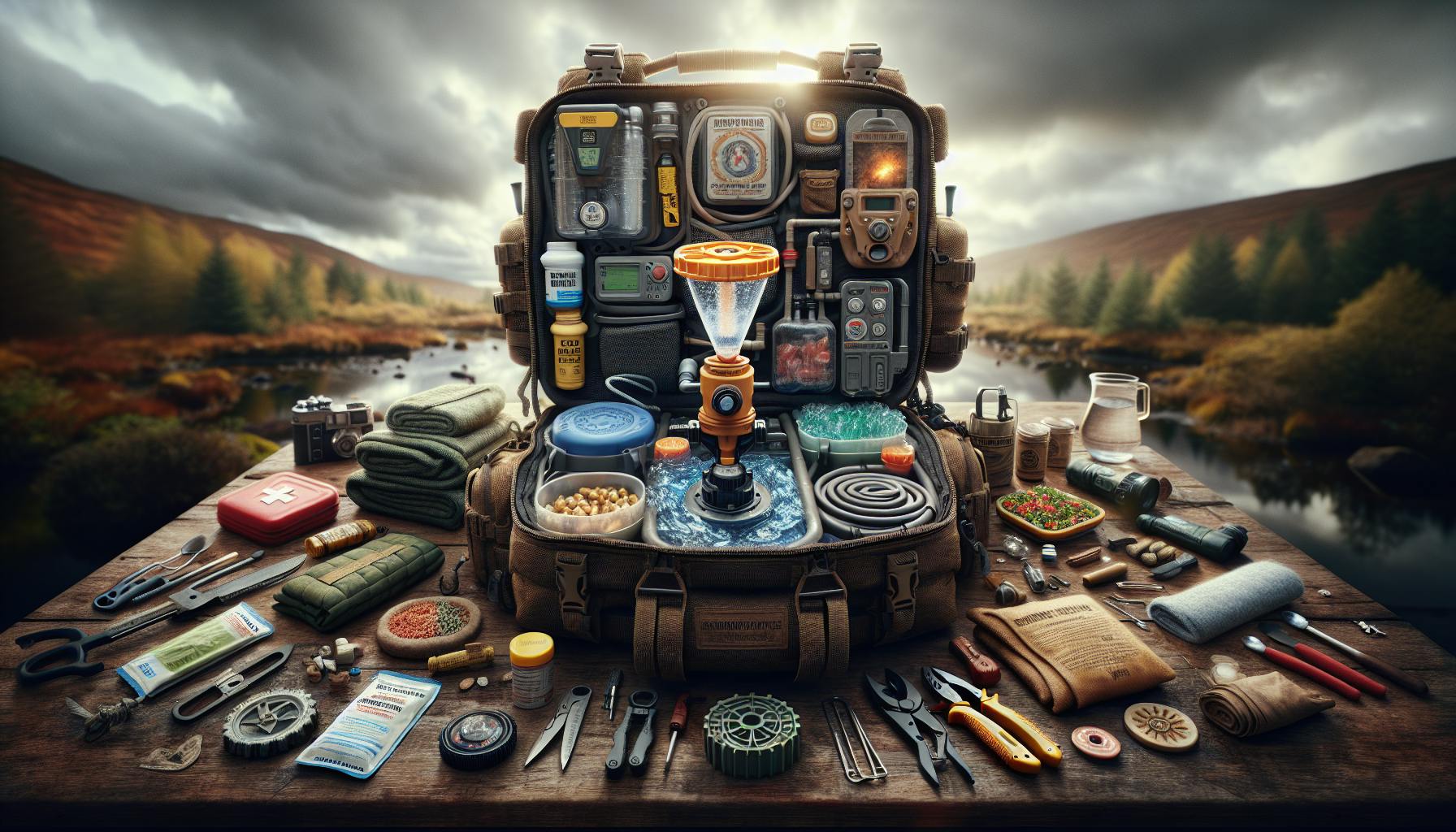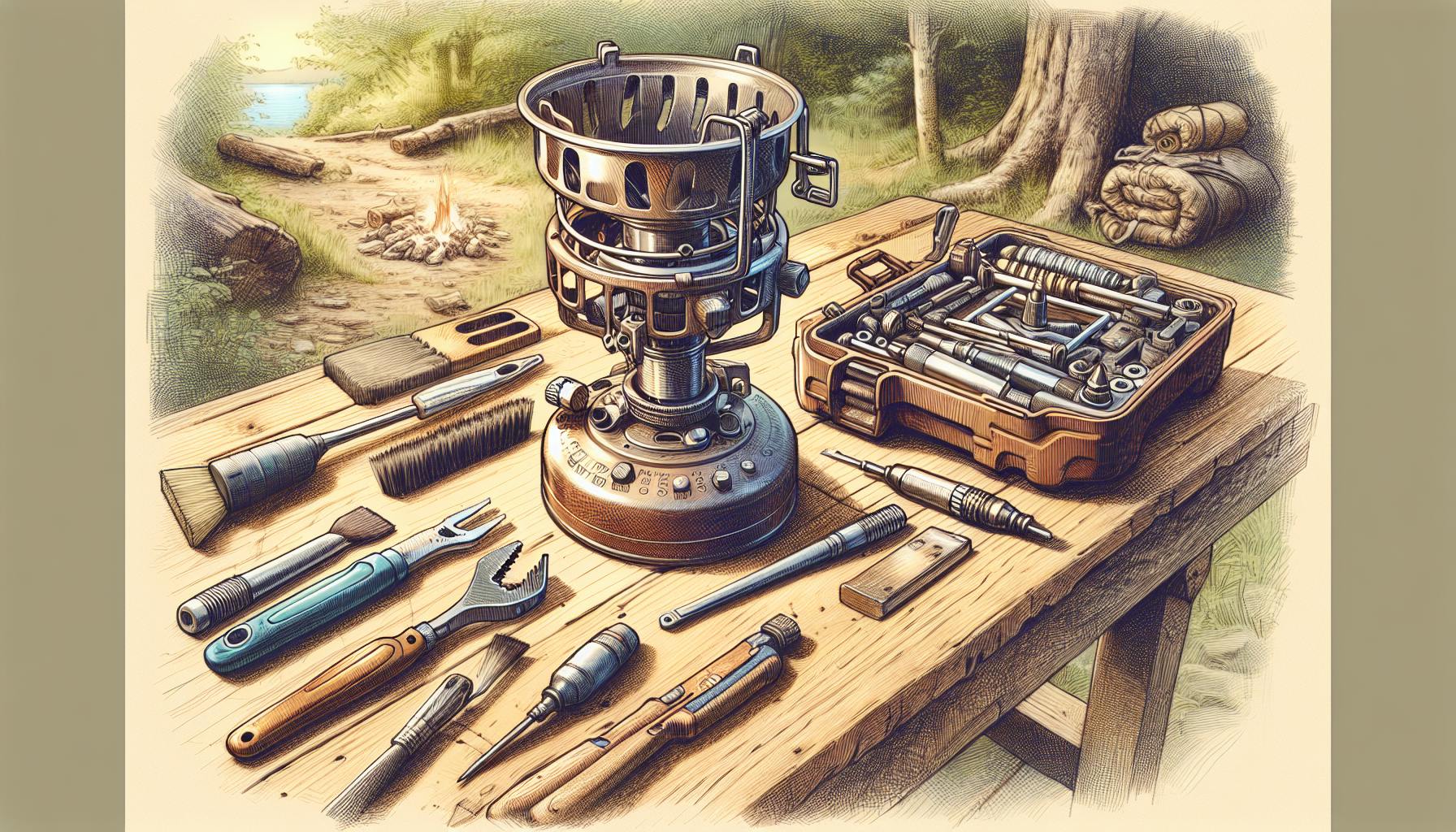As cities become more crowded and interconnected, the possibility of widespread disaster and societal collapse is a valid concern for many urban residents. When key infrastructure fails and social order erodes, city dwellers face unique challenges securing necessities like food, water, and medical care. However, with proper threat analysis, skills training, stockpiling of gear, and development of contingency plans, residents can take proactive steps to keep their families safe should catastrophe strike their city. This article provides guidance on critical strategies, tools, and tactics for effective urban survival preparedness in a SHTF situation.
Evaluating Your Risks and Needs for Urban Disaster Preparation
The first and most important step is conducting thorough threat assessments based on your specific city's risk factors. Analyze the most probable disaster scenarios such as earthquakes, cyber attacks, civil unrest, supply chain disruptions, grid failures, pandemics, and more. Examine your local area’s history of past disasters as well. For coastal cities, plan for catastrophic hurricanes and floods. In landlocked regions, earthquakes and tornadoes may be more likely. Evaluate all potential threats unique to urban zones in your vicinity.
Next, research how each identified disaster could impact essential services like power, water, sewage, medical care, and just-in-time supply chains. For example, an earthquake may rupture underground water lines and knock out electricity for extended periods. A cyber attack could shut down supply chain logistics and fuel deliveries. Pandemics may overwhelm hospitals quickly. Analyzing the consequences of each threat will reveal the most crucial preparedness items.
Take stock of proximity to potential flashpoints like government buildings, correctional facilities, pharmacies, and landmarks. Being located nearby puts you at higher risk during unrest. Examine where critical resources are located as well, such as hospitals, FEMA shelters, grocery stores, gas stations, and hardware stores. Map out these locations and the safest routes to reach them during disasters.
Finally, evaluate unique preparedness needs based on your family or group. Those with infants need ample formula, diapers, and medications. Elderly or disabled members may require backup power for medical devices. Prepare supplies tailored to each member’s needs. Having a plan to reunite your family at rally points outside the city is also critical.
Stockpiling Crucial Gear and Supplies
When stockpiling emergency provisions, first address immediate survival needs. Store at least a 90 day supply of shelf-stable food per person including canned goods, freeze-dried meals, protein/granola bars, and bulk staples like rice, beans, and oats. Maintain at least 5 gallons of drinking water per person daily, rotating supplies every 6 months. A gravity water filter like the Sawyer Mini provides portable water filtration, as do Lifestraws. Store bleach or chlorine tablets for purification as well. Reusable water bottles by Nalgene allow for carrying filtered water on the go.
Medical preparedness is also key. Stock trauma kits and basic OTC medications like ibuprofen, anti-diarrheals, antacids, allergy medication, and antiseptics. Critical prescription medications should have at least a 90 day supply, along with backups of supplies like syringes, glucose strips, and EpiPens. Hygiene preps are equally important - stock toilet paper, baby wipes, feminine products, toothpaste, shampoo, and detergent. Backup sanitation is vital if sewage systems fail.
Having self-defense items is also a priority. Consult local laws, but tools like firearms, pepper spray, batons, and tasers may help protect your family. Firearms serve as both self-defense and hunting tools. Non-lethal options like pepper spray, tasers, and batons allow for disabling threats from a distance. Having layered defenses is ideal. Extensive training is essential for all defensive tools.
Don’t forget alternate power, lighting and communication resources independent of the grid. Hand crank and solar powered emergency radios from Survival Hax provide vital news and alerts. LED lanterns and headlamps by GearLight offer hands-free lighting. GoalZero Yeti power banks provide portable power for charging devices. Cash in small bills enables bartering if digital systems fail.
For long-term scenarios, also stockpile renewables like seeds, fishing gear, tradable goods, and fuel sources. When possible, locate and store extra supplies at cache points outside the city for contingency access. Pack supplies in bags designed for discreet transport out of the urban zone on foot or bike if needed.
Building Critical Skill Sets for Urban Survival
Beyond supplies, cultivate skills critical for urban survival. Firstly, practice urban foraging for food, water and medicine. Study edible plants in city parks. Locate hidden water sources like streams or fire hydrant lines. Scout pharmacies and hospitals for medical resources. Learning to scavenge urban zones can prove vital.
Situational awareness and adaptability also help react to rapidly evolving conditions. Mentally rehearse dealing with potential scenarios like supply chain breakdown, grid failure, pandemic spread or civil unrest. Make contingency plans for all situations. Expect conditions to shift suddenly and sometimes chaotically.
Sharpen observational skills through map studies and navigating unfamiliar neighborhoods. Constantly surveying surroundings and maintaining vigilance ensures threats don't go unnoticed. Be alert to danger zones and safe exit points.
Additionally, learn urban-specific defensive and evasion tactics tailored to cities. Take tactical combat courses to secure the home from intruders. Study camouflage techniques for hiding and stealth movement through built environments. Blend into crowds and use cover to avoid confrontation when feasible. Becoming the gray man in urban areas can help avoid conflict.
Selecting Reliable Gear for Bugging Out
Bug out gear differs for cities versus wilderness. Choose discreet backpacks and messenger bags enabling all-day wear versus bulky camping rucksacks prone to getting snagged or ripped. Pack light but include a pocket knife, lighter, flashlight, external battery pack, and navigation apps on your phone. Assume no water infrastructure - pack portable filters and bottles like LifeStraws and Camelbaks.
Include gloves, hats, and a waterproof jacket to endure the elements. Emergency sleeping bags by Survive Outdoors provide portable shelter. A mini medkit treats injuries from debris or conflict. Pepper spray offers non-lethal protection. Knee pads and work gloves enable scrambling over rubble. Durable trail shoes stand up to broken glass. High calorie protein bars keep energy levels up.
For a 72-hour bag, pack 3 days of medications, vitamins, and medications. Stuff in high protein snacks to maintain strength. Include an emergency blanket, hand warmers, and a mini trauma kit. Add pepper spray for self-defense. Pack a LifeStraw, chlorine tablets, and collapsible 1 liter water bottle. Add stormproof matches, a fire starting cube, and a lighter. Include at least $100 cash in small bills for purchasing supplies from vendors.
Adapting and Securing Your Urban Home
Enhancing home security and sustainability is also crucial. Start by replacing hollow core doors with steel security doors. Upgrade locks to high strength deadbolts. Apply impact resistant window film to prevent easy break-ins. Install motion sensor spotlights and security cameras covering all approaches. Extend your perimeter with security fencing, thorny bushes, or privacy trees to deter trespassers.
Inside, have contingency plans for utility failure. Stock deep cycle batteries to run medical devices, radios, and LED lights. Store alternate cooking sources like camping stoves and fuel types not reliant on gas lines. Keep printed maps, books, and board games for entertainment sans power. With kids, use glowsticks for fun during outages.
Designate a safe room and outfit it with two-week supplies, weapons, gear, and communications. Reinforce the door and entry points. Use it to shelter if evacuation becomes impossible. Storing provisions here keeps it safely out of sight as well.
Setup an early warning system with neighbors to identify threats early. Share two-way radios on a secured channel to rapidly communicate alerts. Have rally points outside the city to reunite if dispersing becomes necessary. Being ready to evacuate quickly is key.
Executing Urban Survival Tactics When Disaster Strikes
As catastrophe unfolds, keep calm, stick to preparedness plans, and focus on safety and situational awareness. Utilize home provisions and fortifications to shelter in place if possible. Monitor alerts and events unfolding in your area.
If forced to abandon your residence, stick to predetermined evacuation routes avoiding major thoroughfares prone to unrest. Traverse side streets and alleyways enabling stealthy movement out of the urban cluster. Travel at night using darkness as cover. Have alternate paths identified in case Plan A is blocked.
When evacuating, scope out danger zones like hospitals and landmarks where desperate people may congregate. Pick escape routes through green spaces or industrial areas. Maintain constant vigilance and weapons readiness but keep your head down to avoid conflict. Move with purpose while avoiding large groups or crowds displaying aggression.
Once clear of immediate dangers, focus on procuring basic necessities. Seek temporary shelter in defensible locations. Forage for food and fresh water sources. Connect with trusted survival groups through word of mouth. Cache extra gear at planned pit stops outside the city. Continuously take steps to provide for essential needs while enhancing safety.
Supporting fellow survivors fosters community resilience. Barter goods and services whenever possible. Be a leader - help organize rebuilding efforts when stability returns. Remaining disciplined, positive, and hopeful during times of crisis is key. Together we can weather any storm.
Conclusion
Preparing for urban disasters requires assessing unique risks, gathering key supplies, learning fundamental skills, and making contingency plans. With proper threat analysis, training, gear selection, and home adaptations, city dwellers can effectively prepare to keep their families safe. During catastrophic events, vigilance and pre-planned survival tactics enable navigating the complexities of urban zones. While cities face distinct challenges if infrastructure fails, thorough preparation and training allows residents to survive and recover. Don’t be a helpless victim when disaster strikes your city. Start preparing today.


